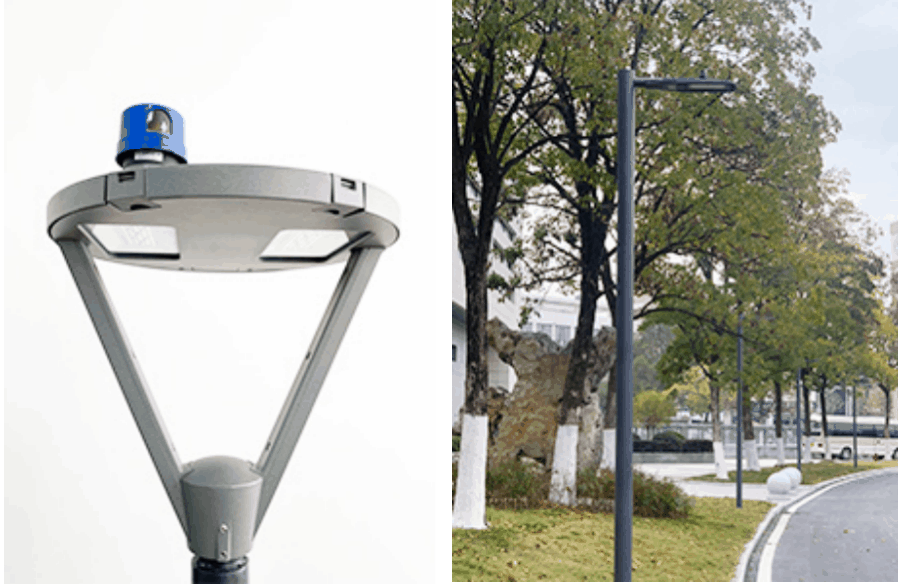La tecnologia di controllo dell'illuminazione è andata ben oltre i semplici interruttori. Prodotti come la fotocellula con blocco a rotazione e la fotocellula a 120 V sono standard da anni, offrendo un funzionamento affidabile dall'alba al tramonto per l'illuminazione esterna e stradale. Questi dispositivi rilevano la luce ambientale e accendono o spengono automaticamente le lampade, riducendo gli sprechi energetici e la manutenzione.
Ma le infrastrutture moderne richiedono di più. È qui che si stanno evolvendo i dispositivi di controllo fotoelettrico e i sistemi di interruttori luminosi a fotocellula. I produttori hanno ampliato questi design tradizionali per supportare tensioni più elevate, come i modelli di fotocellule da 277 V per reti commerciali e municipali, e li hanno combinati con componenti elettronici avanzati per una risposta più rapida e una maggiore durata.
Il passo successivo è la connettività. Aggiungendo un controller IoT, ogni fotocellula diventa parte di un sistema di illuminazione in rete. Non si tratta più solo di accendere una lampada; si tratta di monitorare la tensione, rilevare guasti e inviare dati in tempo reale al cloud. Le città possono monitorare le prestazioni, ridurre i tempi di inattività e risparmiare energia.
Che si tratti di semplici fotocellule da 120 V o 277 V o di un interruttore fotoelettrico completamente connesso con capacità diagnostiche, queste tecnologie offrono prodotti progettati per l'affidabilità e la crescita intelligente.






